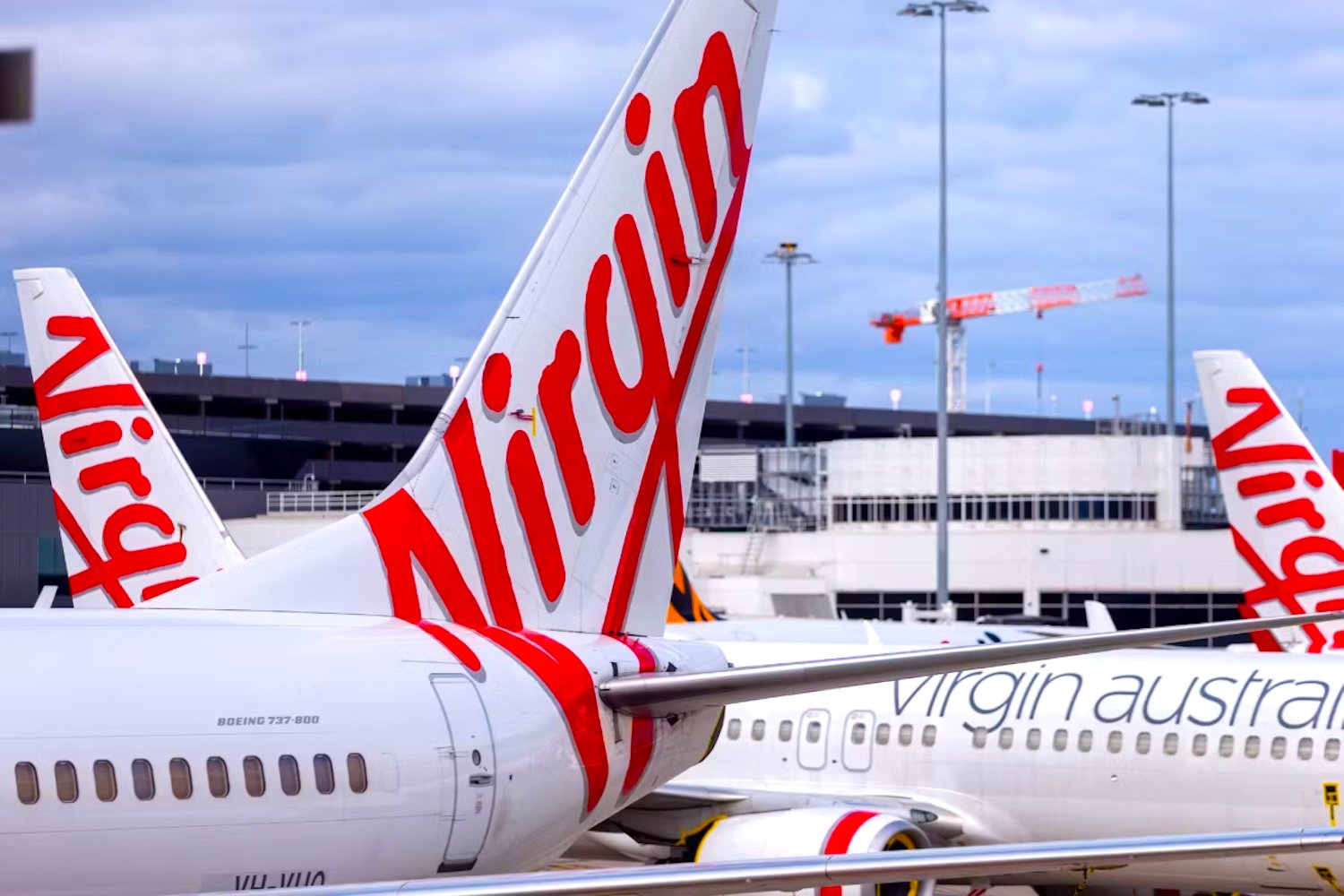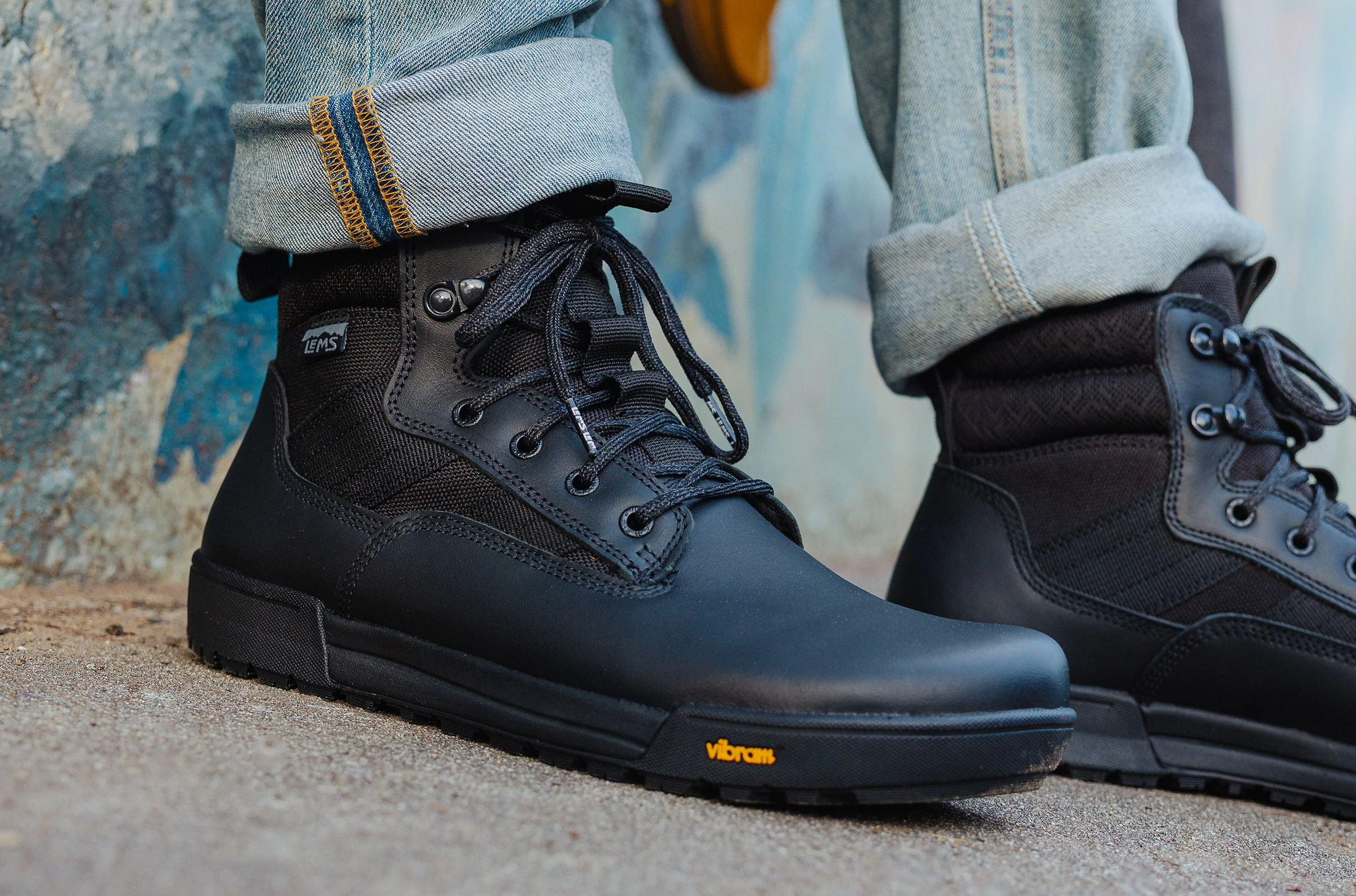The Evolution of Sex Part 2: The Biology of Maleness
Dec 12, 2025Australian State Governments Are Wasting Millions Of Taxpayer Dollars On Airline Subsidies
- Aug 28, 2024
- 0 Comments
335

Many Australian state governments are more than happy to open their chequebooks to attract airlines by offering subsidies and incentives to secure flights. But sometimes, this seems like a waste of taxpayer’s money rather than a sensible strategy to improve connectivity in and out of a particular state?
Queensland Government, via its Attracting Aviation Investment Fund, is the most active and successful at securing new carriers and routes – at least while the incentives keep flowing. Since the start of 2022, Queensland Government largesse has locked in 35 new and resuming routes, including new services from United Airlines, Delta Air Lines, and American Airlines.
The Western Australian Government committed AUD75 million to its Aviation Recovery Fund in the wake of the pandemic, which is now subsidising Jetstar’s recently resumed Singapore – Broome flights, among others. South Australia has a smaller fund, and Victoria also has a history of stepping up to assist airlines to start or resume flights into Melbourne, including subsidising Air India’s flights to and from Mumbai and the newly launched Turkish Airlines services.
RELATED: Qantas Ad Makes Australia Emotional
Subsidising airlines isn’t necessarily a bad thing. It can ease the financial pressure on carriers and give them breathing space while they establish routes and ramp up their local marketing. Northern hemisphere airlines can also be happy to try new sunshine markets during their down season when they can have aircraft to spare. But subsidies can also encourage a degree of commercial adventurism, which isn’t sustainable once the subsidies run out.
Virgin Australia’s Cairns-Tokyo service only lasted as long as the funding. A weak Japanese currency and concurrent low numbers of Japanese travellers has ruled that route out once the government chequebook snapped shut.
Queensland’s Subsidy Success
Until 2022, no mainland-based US carrier operated to Brisbane, but Queensland’s Attracting Aviation Investment Fund has already lured in United, American from October, and from December, Delta. There’s already a problem with overcapacity on Australia-US routes. The Australian Government’s latest batch of passenger data, from May, shows American’s average passenger loads to and from Australia that month was 80.9%, United 64%, and Delta 68.7%.
United has the biggest number of flights and routes to Australia of the three carriers and has already responded by trimming flights, including axing its Brisbane-LA service. Word is American’s Brisbane – Dallas flights will be a financial bloodbath. Unfortunately, governments don’t say what they pay to secure individual services, citing commercial in-confidence clauses.
In the short term, overcapacity can be good news for passengers. Theoretically, it should put downward pressure on fares and make decently priced redemptions easier to secure. But the US carriers aren’t like the Gulf airlines, which oil money-rich governments back. The US carriers have to make money, and it’s doubtful the Brisbane market can support this amount of flight activity once the Queensland Government’s subsidies end (and they do end). No one wants to book a flight for next August only to have the airline decide to axe the service in March.
The Risk Of Overcapacity
The three US operators aren’t the only airlines taking advantage of Queensland’s subsidies. Jetstar knows its way around the scheme. This year alone, government support has allowed it to start or resume flights from Bangkok and Brisbane, Osaka and Brisbane, Seoul to Brisbane, Cairns to Christchurch, and Maroochydore to Auckland.
Last year, Jetstar used the Attracting Aviation Investment Fund to support the restart of Osaka-Cairns and Narita-Cairns flights. The Queensland Government is also backing the October reboot of Qantas Brisbane-Manila flights.
There’s no criticism of any airline taking advantage of government (or any other) assistance to start or launch a route that’s got sound commercial bona fides. The problem is using the assistance to launch routes that will only last the length of the funding period or using it to put capacity into a market that is already adequately supplied.
Over in Perth, WA’s Aviation Recovery Fund has recently supported Emirates’ decision to go double-daily in December, South African Airways’ return to the Perth-Jo’burg run, China Southern Airlines’ resumption of the Perth-Guangzhou route, and Jetstar’s rebooted Broome-Singapore flights.
The dry-season-only Jetstar flights, something of an outlier like Virgin Australia”s short-lived Cairns – Tokyo flights, will put 13,000 seats onto an otherwise unserved route. Will it work? Broome Airport CEO Craig Shaw thinks it will. He says the flights offer “enormous potential for tourism and trade opportunities for the region” and also give locals better global connectivity via Singapore. Also in Jetstar’s favour is its low-cost base. Its cost per available seat kilometre is far less than its parent Qantas, or even Virgin Australia.
In five years, even two years, will all these subsidised services and routes still be flying? It’s unlikely, which is unfortunate because, from a passenger point of view, the more connectivity, the better. But most airlines aren’t charities and will only stick around while money is being made.
Publisher: Source link







